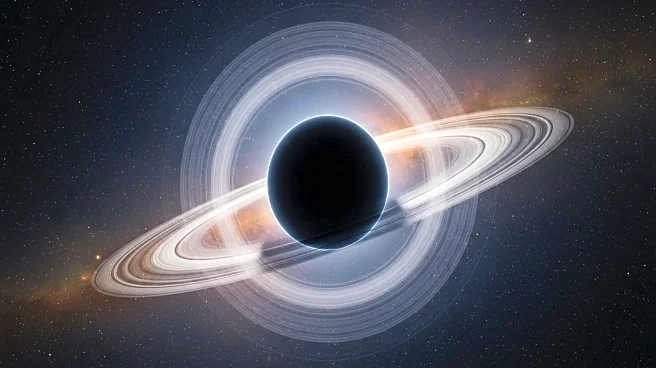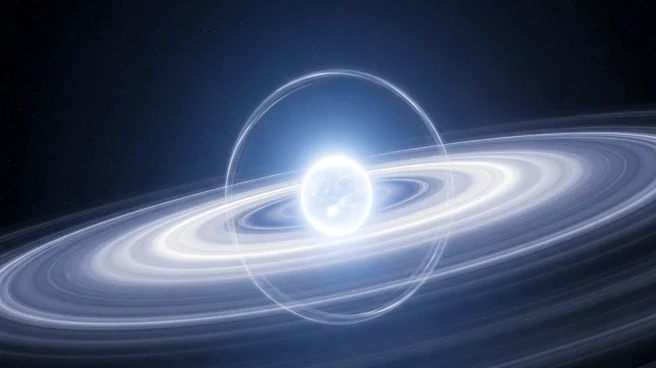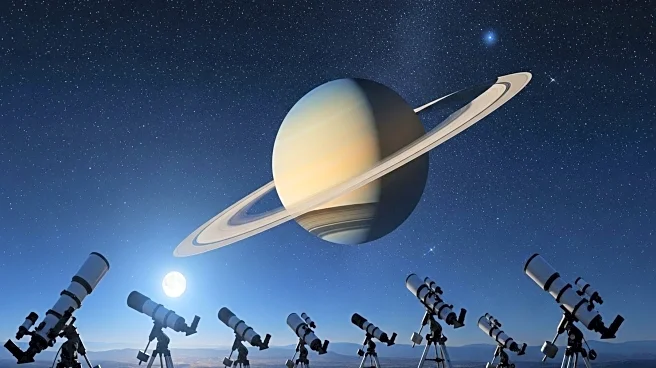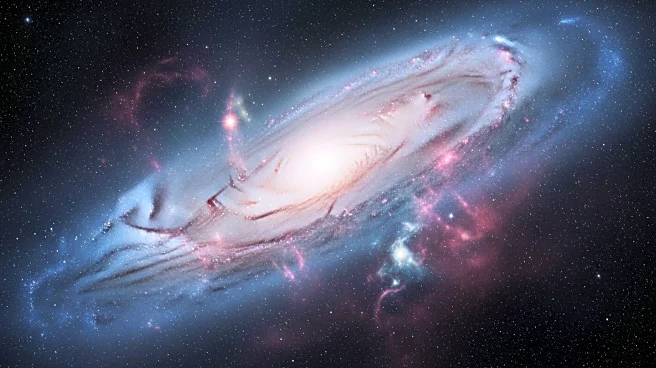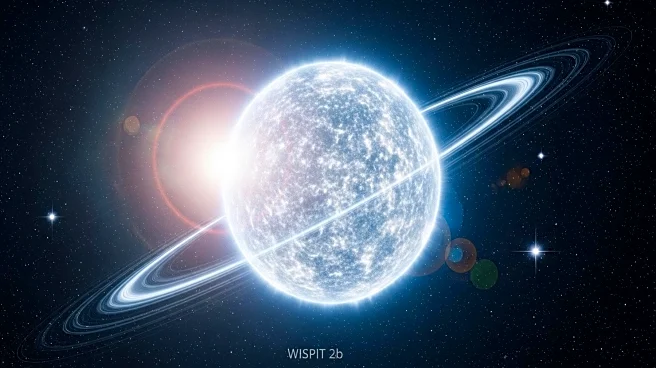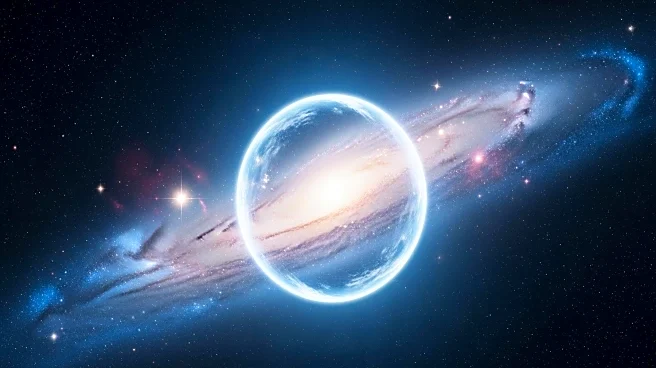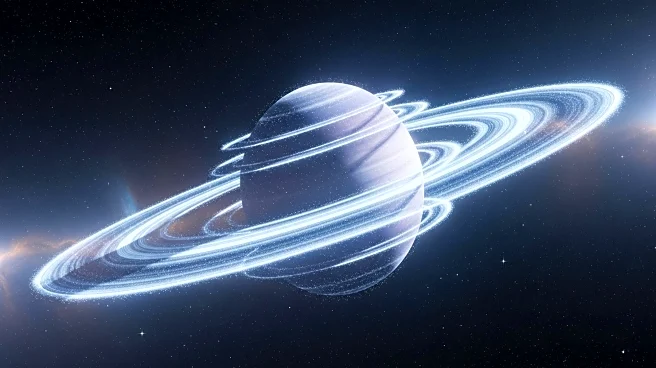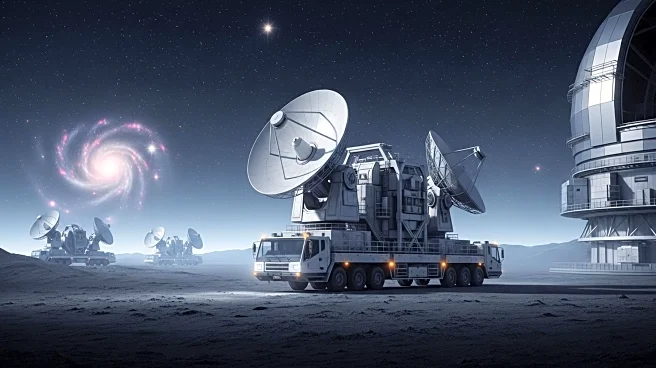Rapid Read • 7 min read
An international team of astronomers, including researchers from University of Galway, has discovered a new planet, WISPIT 2b, forming around a young star similar to our Sun. The planet, estimated to be 5 million years old and likely a gas giant akin to Jupiter, was detected using the European Southern Observatory's Very Large Telescope in Chile. This marks only the second confirmed detection of a planet at such an early stage of formation. The discovery was part of a study published in Astrophysical Journal Letters, aiming to understand planet formation in multi-ringed disks.
AD
The discovery of WISPIT 2b provides a unique opportunity to study planet formation processes and the interaction between planets and their surrounding disks. Understanding these early stages can shed light on the diversity of exoplanet systems and their evolution. The findings may influence future research on planetary formation models and contribute to the broader understanding of how planets develop in different environments. The study also highlights the capabilities of advanced telescopes in capturing detailed images of distant celestial phenomena.
Researchers plan to conduct further observations of WISPIT 2b to explore its formation and interaction with the surrounding disk. The planet's unique position within its birth disk offers a valuable laboratory for studying planet-disk dynamics. The scientific community is expected to focus on this system to refine models of planet formation and evolution. The discovery may lead to additional studies on similar systems, enhancing knowledge of planetary development across different star types.
AD
More Stories You Might Enjoy
